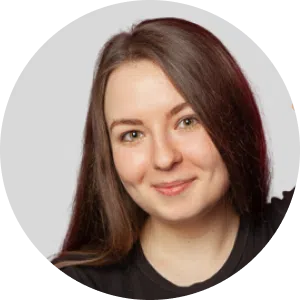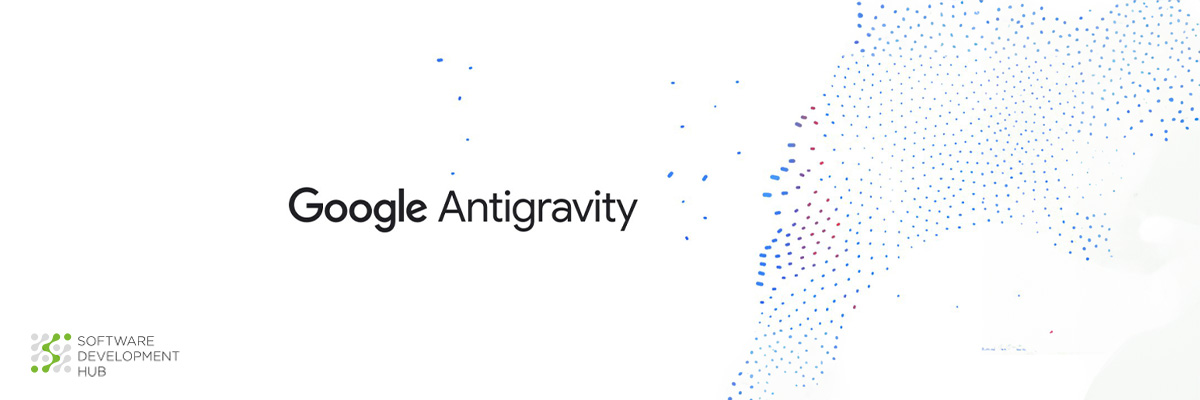Development of Software for Dental Practice Management
Dental software development services from a trusted provider are the best solution to create a product that will allow your business to realize its potential and provide you with the highest level of dental care.
Nevertheless, to create working, reliable software that meets not only the requirements of the industry but also your expectations and business tasks, it is essential to understand by yourself the basic nuances of development, as much as it will allow you to communicate with the project manager of the development company and to get along with each other quickly. What should a customer pay attention to before approving a software development project?
Scope of Work
The first thing to do at the initial stage is to analyze the ideas and implementation of competitors' products and compare their software with what you want to create. Why is this needed? Most likely, you have an idea of how you want to see the functionality of the software or application for your clinic. But a comprehensive view from the outside on other players' solutions will allow you to evaluate the usefulness and viability of your idea, draw useful developments, and correctly implement them in your project, taking into account your tasks and the specifics of your business.
The second important point is the choice of a team for software development. The team that will create the product must have experience in writing similar software. Certain requirements are put forward to the project manager:
- awareness in this area;
- ability to operate with relevant methodologies applicable to a given project and topic;
- use of modern, functional development tools;
- expertise in standardization and requirements for health tech products.
In addition to a competent project manager, the team needs a talented software architect and an experienced business analyst. A well-coordinated work of all team members will allow you to approach planning flexibly, determine the approach to software development, etc.
Main Dental Product Characteristics
How your software will work and what tasks it will allow you to solve determines the value of the product for business, opportunities for improving the quality of services, and scaling the business. To do this, it is necessary to outline the list of functions during consultation with business analysts, as well as with parties who will directly use these functions. The documentation of the functions is carried out by the project manager in cooperation with the architect. Software features may include:
- patient profile;
- confidential storage, transfer, and processing of patient information;
- opportunities to connect with clients;
- treatment planning tools;
- tools that are used for processing and confirmation of receptions;
- creation of automatic notifications about patient visits;
- clinical cards;
- digital image management platform;
- reputation management tools;
- contact base;
- a repository of useful materials — training manuals and textbooks, training videos, and free presentations of new methods and products;
- billing operations;
- payment processing methods;
- methods of customer communication — by phone, via instant messengers, or e-mail;
- ways to attract new patients.
These possibilities are not exhaustive and may be supplemented by others. But you will be able to decide on the list of functions you need after consulting with business analysts.
In addition to functions, it is necessary to make the choice between server and cloud software. Both options have pros and cons. Another point is web applications and mobile products with mobile operating systems, under which the solution is created.
Non-functional requirements are placed in a separate pool, which is the responsibility of the architect. These are, in particular, performance, scalability, maintainability, testability, security rules, etc. Maintaining privacy and security is a key for the dental industry, where solutions must comply with HIPAA principles.
Tech Stack Required for Development
The design of the technical stack involves the choice of the following positions:
- Software architecture pattern. Many complex features in one package, as well as strict non-functional requirements, make the project more complex. Therefore, it is important to think about the right architecture;
- Web development technologies. These can be JavaScript, HTML, CSS tools, and current programming language frameworks;
- Technical solutions for mobile development. Native or cross-platform applications for Android or iOS are a question that is decided after assessing the complexity and functionality of the project, its prospects, and the possibility of complications in the future. Native development for the Android platform is performed using Java, Kotlin, iOS — Swift;
- Databases. Developing dental practice management software involves choosing a SQL and NoSQL database. To do this, evaluate the scalability of the application, the solidity of the data, and ease of use;
- Cloud service provider. These may be cloud platforms such as IaaS, PaaS, and MBaaS. A public or private cloud is selected for deployment.
- Third-party or proprietary APIs. The most popular development approaches are GraphQL and REST.
Expenses
Negotiate the cost and terms of the work. It should be understood that the budget is determined by the localization of developers, their experience and expertise, the complexity of your project, and the functionality of the application.
- MVP — about 6 months of development — $120K
- Full-feature product — 9-15 months — from $150K.
Case — Dental ERP System
The project (company name withheld, NDA protected) aimed to create a medical ERP system for dental clinics in the UAE. The system should cover all organization's processes: registry management, patients' profiles, appointments and scheduling, diagnosis and treatment plans, digital tools for dentists, dental charts, billing and invoicing management, as well as HR and branch management.
The SDH team built a cloud platform that automates operations of dental clinics through patient EHR management, 3D dental charts, appointments and scheduling, AI-driven CRM, billing and invoicing, and cloud DICOM viewer.
Thanks to our in-depth experience in delivering products for healthcare organizations, we have been able to create the all-in-one solution that covers the business processes of dental clinics:
- the UAE eHealth integration ready;
- compliance-friendly with HIPAA, HL7, CDA, CCD, QRDA, and DICOM;
- built-in ICD-10 medical guides (CM and Dental procedure);
- advanced calendar with appointments and scheduling;
- branches and employees management;
- patient EHR management;
- registry management and quizzes for patients;
- 3D dental charts;
- dental diagnosis and treatment plans;
- DICOM-files viewer;
- custom document templates;
- payments and Stripe integration;
- AI-driven CRM.
The team has been worked on the project for 6 months before the MVP was launched, with most of the time spent on developing a modern, user-friendly, and accessibility-compliant UX/UI design. The dental ERP system raised over 8M in investments in the A-series in 2022.
Services provided by the Software Development Hub are performed by the dedicated team of seven specialists — software architect, business analysis, project management, backend, frontend development, QA engineering, and DevOps services.
How to create dental practice management software? The Software Development Hub team accompanies customers at all stages of development, not only implementing the tasks of creating a product but also providing information and advisory assistance to achieve maximum results in order to increase performance, scalability, and reduce costs.
Our portfolio includes medical information systems, e-Prescription systems, applications for tracking medicines with a QR scanner, medical ERP systems, etc.
Categories
About the author
Share
Need a project estimate?
Drop us a line, and we provide you with a qualified consultation.








